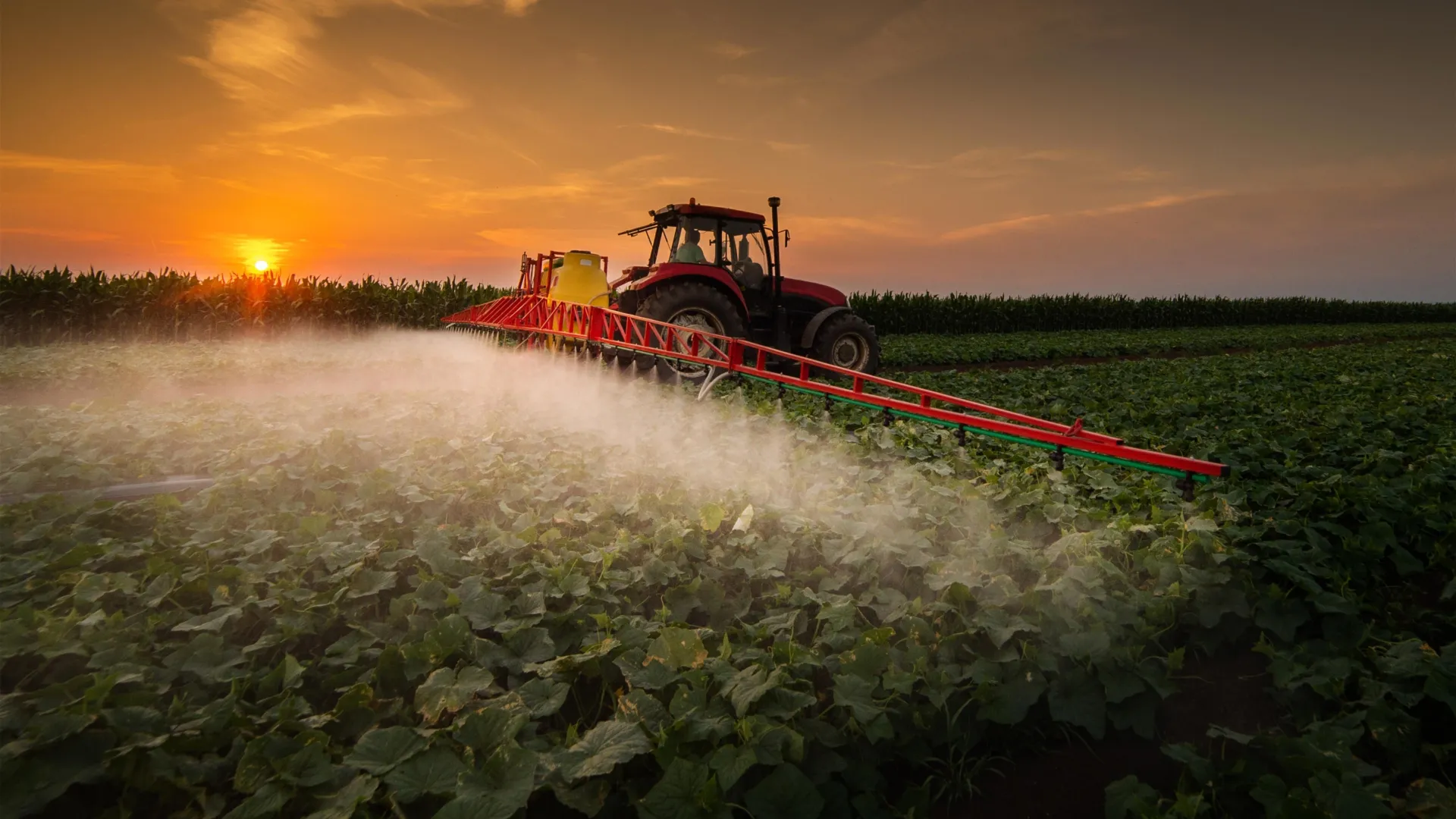Health
Melanoma Cases Surge in 15 Pennsylvania Counties Due to Herbicides

A significant increase in melanoma rates has been identified across 15 counties in Pennsylvania, primarily in regions dominated by agriculture and herbicide use. Researchers from Penn State revealed that adults over the age of 50 living in these areas face a 57% higher risk of being diagnosed with melanoma compared to residents in other parts of the state. This alarming trend indicates a potential environmental factor influencing these statistics, as reported in the journal JCO Clinical Cancer Informatics on November 14.
The research team, led by scientists at the Penn State Cancer Institute, analyzed cancer registry data from 2017 to 2021. Their findings point to a correlation between the extent of cultivated farmland and elevated melanoma rates. Notably, this risk is present in both urban and rural counties, suggesting that the issue is not confined to those who work directly in agriculture.
Environmental Impact on Melanoma Risk
Co-author Charlene Lam, an associate professor of dermatology at Penn State Health, emphasized that the findings challenge traditional notions of melanoma risk. “Melanoma is often associated with beaches and sunbathing, but our findings suggest that agricultural environments may also play a role,” she stated. The risk extends beyond farmers, affecting entire communities near agricultural areas, regardless of their direct exposure to fields.
The researchers considered sunlight exposure, a common factor associated with melanoma. Even after accounting for ultraviolet radiation levels and socioeconomic factors, a clear link between agricultural practices and increased melanoma rates emerged. The study found that a 10% increase in cultivated land correlated with a 14% rise in melanoma cases, while a 9% increase in herbicide-treated land was associated with a 13% increase in incidence.
Understanding Chemical Exposure
The implications of these findings extend to chemical exposure from agricultural practices. Eugene Lengerich, an emeritus professor of public health sciences at Penn State and senior author of the study, noted that pesticides and herbicides are designed to alter biological systems. He indicated that mechanisms such as increased photosensitivity and oxidative stress could contribute to melanoma development.
Lam highlighted the issue of chemical drift, explaining that agricultural chemicals can spread through air currents, settle in household dust, and contaminate water sources. “Our findings suggest that melanoma risk could extend beyond occupational settings to entire communities,” she remarked, emphasizing the importance of recognizing environmental risks.
While the study demonstrates a correlation between agricultural practices and melanoma rates, it does not establish direct causation. First author Benjamin Marks, a medical and public health student at Penn State College of Medicine, cautioned against drawing definitive conclusions. “Think of this as a signal, not a verdict,” he asserted, noting that other factors such as genetics and healthcare access may also influence these trends.
Broader Implications and Future Research
The research raises concerns not only for Pennsylvania but also for similar agricultural regions globally, including parts of Utah, Poland, and Italy. Lam expressed her intent to delve deeper into how farming practices affect public health. She is currently leading studies in rural communities within the affected area to explore farming practices and potential exposure pathways.
The study underscores the necessity of a collaborative approach to public health, as emphasized by Lengerich. “Cancer prevention can’t happen in isolation,” he stated. “This study demonstrates the importance of a ‘One Health’ approach, recognizing that human health is interconnected with our environment and agricultural systems.”
In light of these findings, residents are encouraged to perform routine skin checks and utilize protective measures such as sun-protective clothing and sunscreen. The ongoing research aims to better understand the relationship between agricultural chemicals and health outcomes, ultimately seeking solutions that involve healthcare professionals, farmers, environmental scientists, and policymakers working together.
-

 Science4 weeks ago
Science4 weeks agoInventor Achieves Breakthrough with 2 Billion FPS Laser Video
-

 Health1 month ago
Health1 month agoCommunity Unites for 7th Annual Into the Light Walk for Mental Health
-

 Top Stories1 month ago
Top Stories1 month agoCharlie Sheen’s New Romance: ‘Glowing’ with Younger Partner
-

 Entertainment1 month ago
Entertainment1 month agoDua Lipa Aces GCSE Spanish, Sparks Super Bowl Buzz with Fans
-

 Entertainment1 month ago
Entertainment1 month agoMother Fights to Reunite with Children After Kidnapping in New Drama
-

 Business1 month ago
Business1 month agoTyler Technologies Set to Reveal Q3 Earnings on October 22
-

 Health1 month ago
Health1 month agoCurium Group, PeptiDream, and PDRadiopharma Launch Key Cancer Trial
-

 World1 month ago
World1 month agoR&B Icon D’Angelo Dies at 51, Leaving Lasting Legacy
-

 Health1 month ago
Health1 month agoNorth Carolina’s Biotech Boom: Billions in New Investments
-

 Entertainment1 month ago
Entertainment1 month agoRed Sox’s Bregman to Become Free Agent; Tigers Commit to Skubal
-

 Science1 month ago
Science1 month agoNorth Carolina’s Biotech Boom: Billions Invested in Manufacturing
-

 Top Stories1 month ago
Top Stories1 month agoFormer Mozilla CMO Launches AI-Driven Cannabis Cocktail Brand Fast









